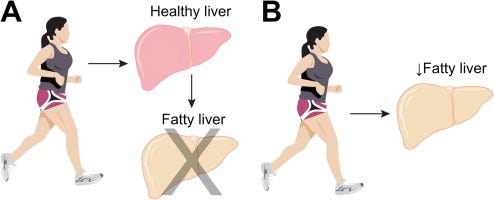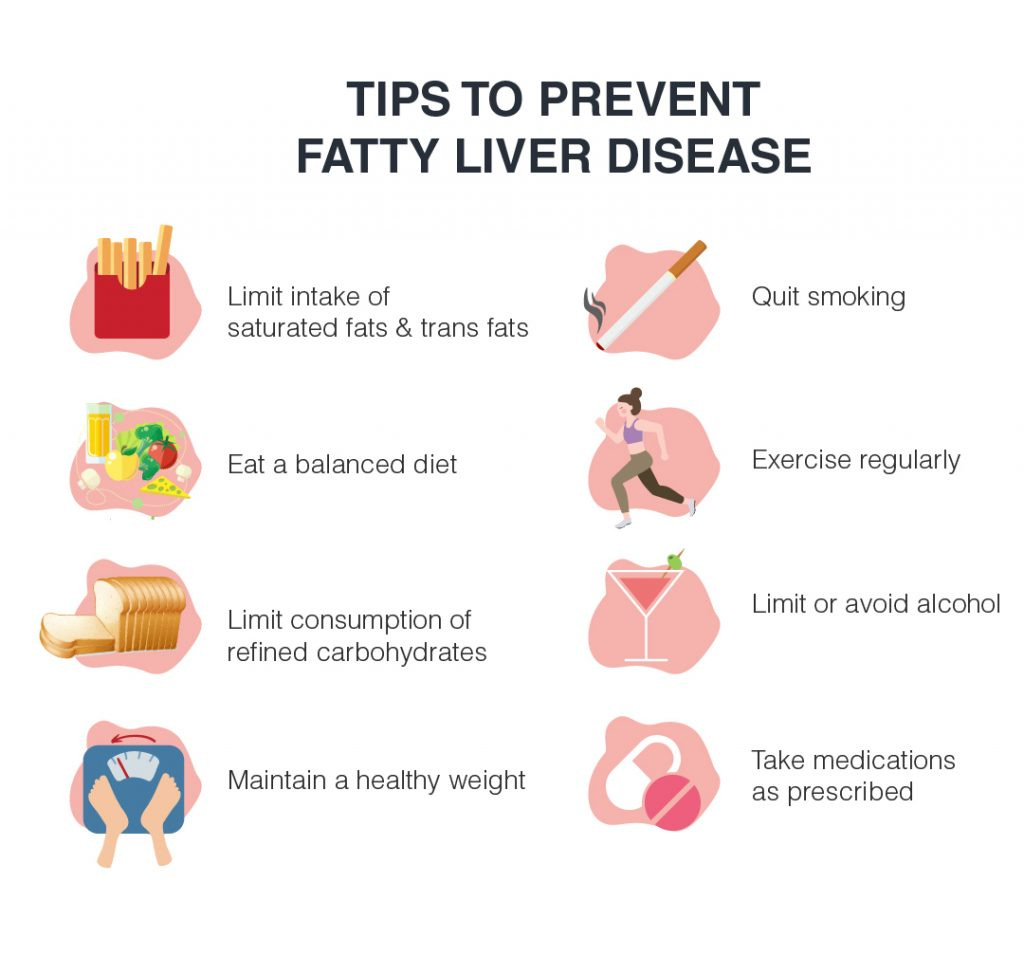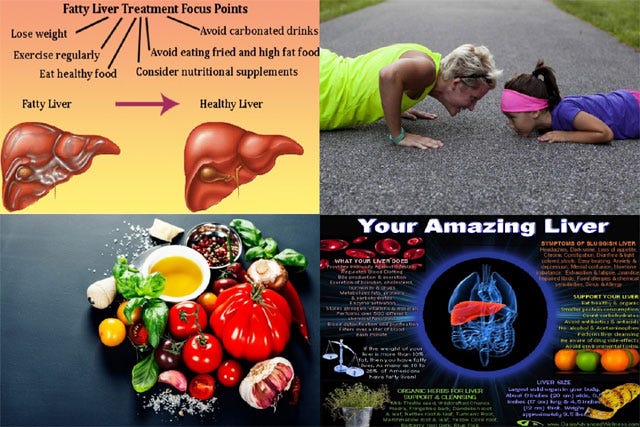
In addition to nutritional interventions, physical activity has also been shown to help control symptoms and complications of non-alcohol fatty liver disease (NAFLD) (Miyake et al., 2014). In the following sections, NAFLD and its relationship to exercise will be explored as another viable means of controlling the disease.

Miyake et al. (2014) explored the connection between NAFLD and exercises by performing a community-based cross sectional study reviewing the records 11,094 Japanese subjects; 1346 subjects (803 men and 543 women) met the diagnostic criteria for NAFLD. The researchers reviewed the records of the subjects, which included an annual health check-up recording the subject’s lifestyle habits, medical history, and history of prescribed medication (Miyake et al., 2014). A physical examination was also conducted and included measuring anthropometric and routine biochemical variables. Finally, a questionnaire was filled out by each subject, which considered lifestyle habits including snacking (no snacking, snacking less than once/day, or snacking more than 2 times/day), exercise (no exercise, exercise consciousness, or periodic exercise), and sleep duration (Miyake et al., 2014).

Interestingly, the researchers found a pattern amongst the subjects; those who snacked frequently had a significantly higher prevalence rate of NAFLD, while subjects who engaged in exercise (periodically) had significantly lower prevalence rates of NAFLD (Miyake et al., 2014). It should be noted that said characteristics were more prevalent in male subjects; the prevalence rates in women tended to be unaffected by exercise or absence thereof. Rather, female subjects who snacked frequently and had poor sleep tended to have higher prevalence rates for NAFLD (Miyake et al., 2014).
In conclusion, evidence suggests that physical activity can be a useful modality in helping control NAFLD. When other interventions such as higher omega-3 fatty acid consumption are also considered, it is likely that combined protocols would further attenuate symptoms and complications of NAFLD.
References
Miyake, T., Kumagi, T., Hirooka, M., Furukawa, S., Kawasaki, K., Koizumi, M., … Hiasa, Y. (2014). Significance of exercise in non-alcoholic fatty liver disease in men: A community-based large cross sectional study. Journal of Gastroenterology, 50(2), 230-237.
-Michael McIsaac
